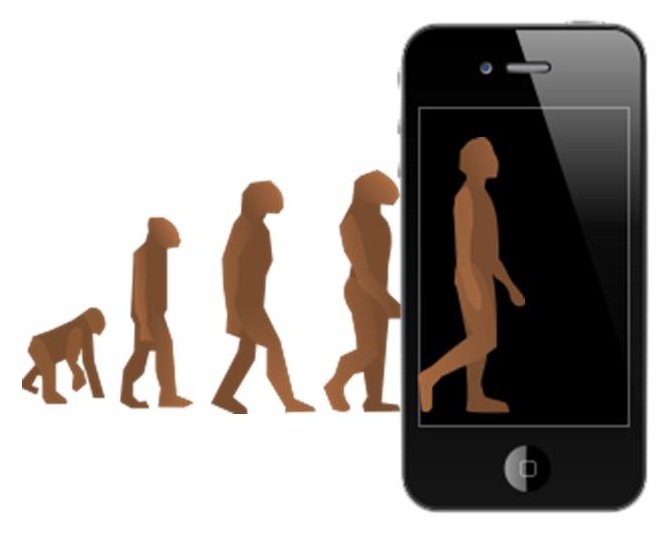 Mobile commerce is becoming more social
Mobile commerce is becoming more social
Commerce continues to evolve as more consumers become tethered to their mobile devices and place more importance on social media. This evolution first began in the 80’s with the advent of the Internet and e-commerce. The proliferation of mobile technology brought about mobile commerce, which has only emerged within the past few years and is still considered to be in a state of infancy. Now, however, commerce is showing signs of a new evolutionary step, one called “participatory commerce” or “Pinterest commerce.”
Participatory commerce continues to gain some traction
Participatory commerce, as a term, was first coined by Mark Pincus, CEO of Zynga, in 2005. The term became somewhat popular in 2010 to describe the business model of FashionStake, a retail startup that was acquired by Fab.com in 2012. The term itself refers to a sales model that allows consumers to participate in the design, selection, and funding of certain products they are interested in purchasing. In some ways, this model is similar to popular crowdfunding platforms like Kickstarter, where individuals funding a project have some control over how that project will take form.
Retailers find value in social networking
Participatory commerce began being called Pinterest commerce in 2011 during the social network’s unexpected rise to fame. The retail industry was quick to see the possible benefits that Pinterest represented and moved to leverage the social network to their advantage. While Pinterest does not allow for online sales, it has proved to be a valuable platform through which retailers can expose consumers to new products and encourage online shopping.
New forms of commerce becoming increasingly social
The term is not widely used and is often considered to be an unnecessary subcategory of mobile commerce itself. It does, however, draw attention to the growing role of social media in the mobile commerce sector. Sites like Pinterest already hold a great deal of influence over consumers and retailers are becoming more adept at using these platforms to connect with mobile consumers in various demographics.

